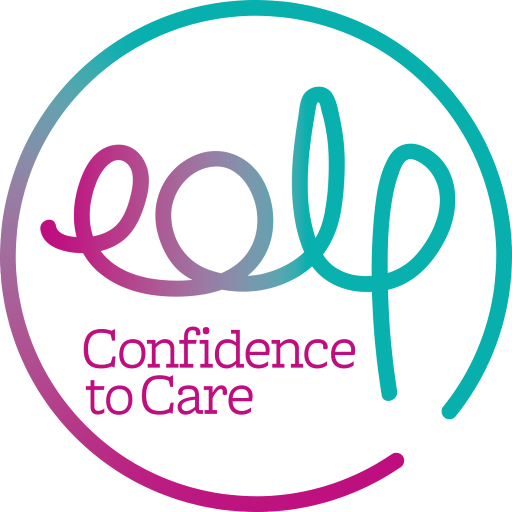Search
Learning through Simulation: Supporting Good End of Life and Dementia Care

Session Overview
This interactive session gives participants the opportunity to look at and work through real life situational experiences they may face when working with people with dementia and also how to recognise/diagnose dying at end of life using the communication skills needed in these scenarios.
It offers the opportunity to practice in a realistic, safe and supportive environment, using audio visual equipment which enables participants to observe, discuss, debrief and reflect on individual actions, therefore optimising the learning experience.
Learning Outcomes
Aim: For the participant to be able to explore dementia and end of life related issues in a fully interactive way within a safe environment.
By the send of the course the delegate will be able to:
- Understand more about dementia
- Appreciate the impact of symptoms
- Use communication strategies and skills used to support people with dementia
- Recognise behaviours as a response to a situation and stimulus in the simulated scenario presented
- Determine what is meant by ‘end of life’
- Understand the tools used and prognostic indicators to recognise end of life and diagnose dying
- Understand facilitative skills and utilise these skills in the simulated scenario presented.
Details
- Length: All day
- Suitable for: All health and social care practitioners: G.Ps, Qualified nurses, Healthcare Assistants, Allied Health professionals who work in the community or care home environment.
- Delivered: face to face at the End of Life Care Education Hub, Spring Farm Business Centre, Moss Lane, Minshull Vernon, Crewe, CW1 4RJ
Funded for Cheshire East Place staff.
- Monday, 1 September 2025: 9:00 – 16:00 at End of Life Care Education Hub, Spring Farm Business Centre, Crewe CW1 4RJ
Delegates outside Cheshire East Place are welcome at a cost of £90 per person.
Bespoke Booking
We would love to work with you, contact us to explore a bespoke session for your organisation.
